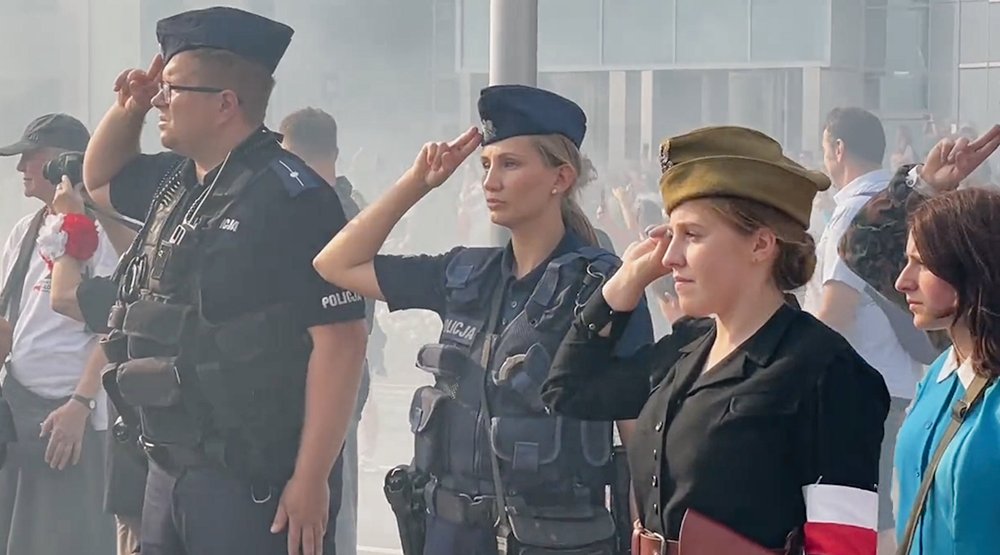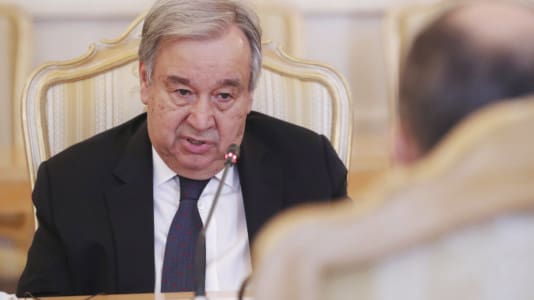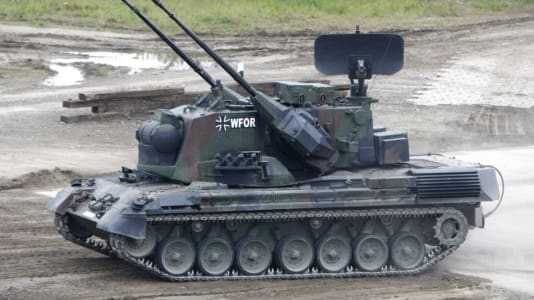Warsaw stood still at 5 p.m. on Monday as sirens blared to commemorate the anniversary of the outbreak of the Warsaw Uprising.
Crowds gathered in central Warsaw and by the river, waving flags and singing the national anthem while state officials held a commemoration ceremony at the military cemetery in Warsaw.
The Warsaw Uprising which began on Aug. 1 1944 was organized and led by the underground’s Home Army (AK). It was the largest uprising of any in occupied Europe and lasted for two months.
Warsaw suffered devastating losses as Nazi Germany decided to crush the uprising to try and show that it would not tolerate dissent in occupied territories. Some 18,000 fighters were killed and 25,000 wounded, while more than 180,000 civilians were killed, over a third of those in the infamous slaughter in the Wola neighborhood. The remaining 5 million Warsaw residents were forced out of the city as it was burned to the ground and demolished.
The Uprising was called as the Soviet Army was approaching Warsaw. It was an answer from Varsovians tired of the occupation and also an attempt to create a foothold in the capital city for a genuinely Polish state, rather than the puppet state that had been pronounced by pro-Soviet Poles in Lublin on July 22, 1944. The Soviets did not attempt to engage the Germans who were fighting the uprising, preferring to take up positions on the other bank of the Vistula.
The commemorations of the uprising were as always dominated by the anchor symbol of the AK used by resistance fighters. The anchor symbol comprises two letters — PW: Polska Walcząca, or Fighting Poland.
It had been used since 1942 by the Polish underground, and had become a symbol signifying the hope of victory against the German occupiers. It was later used by underground “Solidarity” in the 1980s. Since 2014, the symbol has been protected by law and is used by Polish special services and commando units.






